|
The Second World War led to a diversion of resources into the war effort. The Mints
were no exception and their capacity was increasingly used to mint coins for "Imperial
Purposes". By 1942, an acute scarcity of small coins was felt throughout India.
While British India managed with postal surrogates, petty princely states in Western
India like Balvan, Bikaner, Bundi, Gondal, Indergadh, Junagadh, Jasdan, Kutch Mengni,
Muli, Morvi, Mangrol, Nawanagar, Nawalgarh Palitana, Rajkot, Sailana, Sayla, Vithalgadh,
issued what are alluded as Cash Coupons to meet the shortage. Most Cash Coupons
were printed crudely on press board. Their place in the history of Indian Paper
Money is in the realm of exigent money (Emergency issues). Incidentally, only two
princely states had issued paper currency - Jammu & Kashmir in 1876 and Hyderabad
commencing from 1918. While the Government of Kutch had prepared specimens of currency
notes, these were not issued.
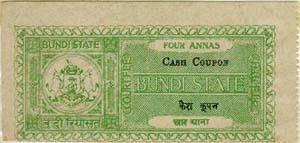
Bundi (Now in Rajasthan)

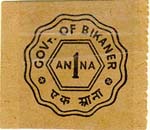
Bikaner (Now in Rajastan)

Junagadh State (Now in Gujarat)
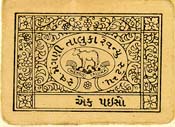
Mengni (Now in Gujarat)
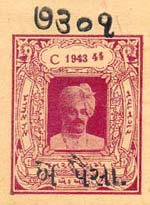
Nawanagar (Now in Gujarat)
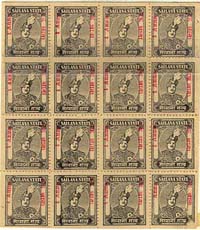
Sailana State (Now in Madhya Pradesh)
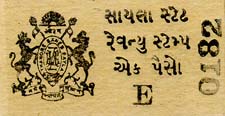
Sayla State (Now in Gujarat)
|